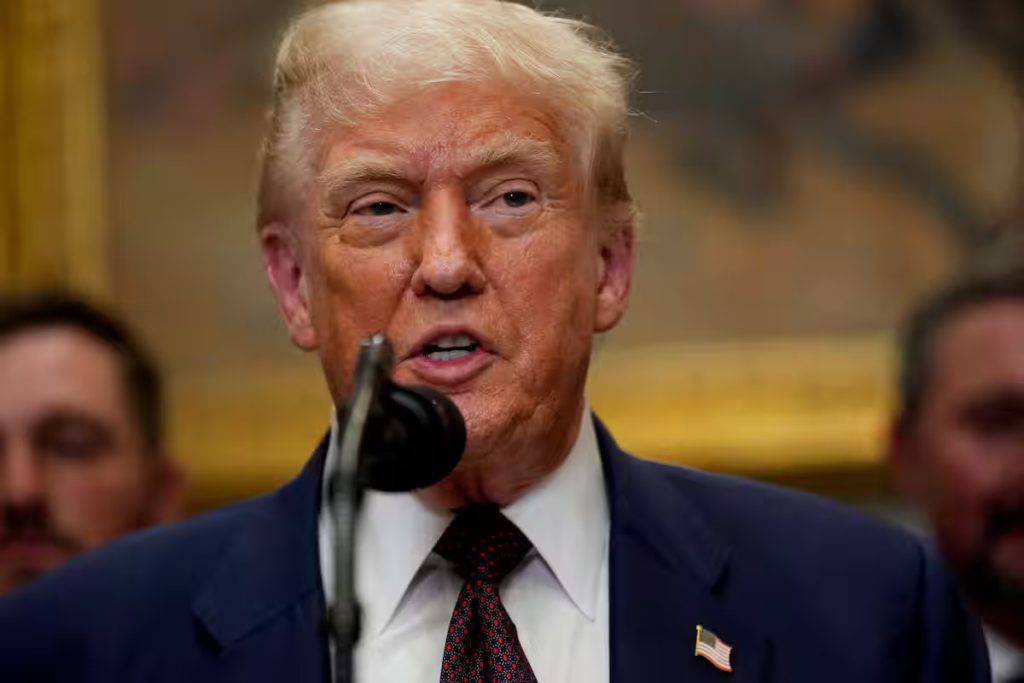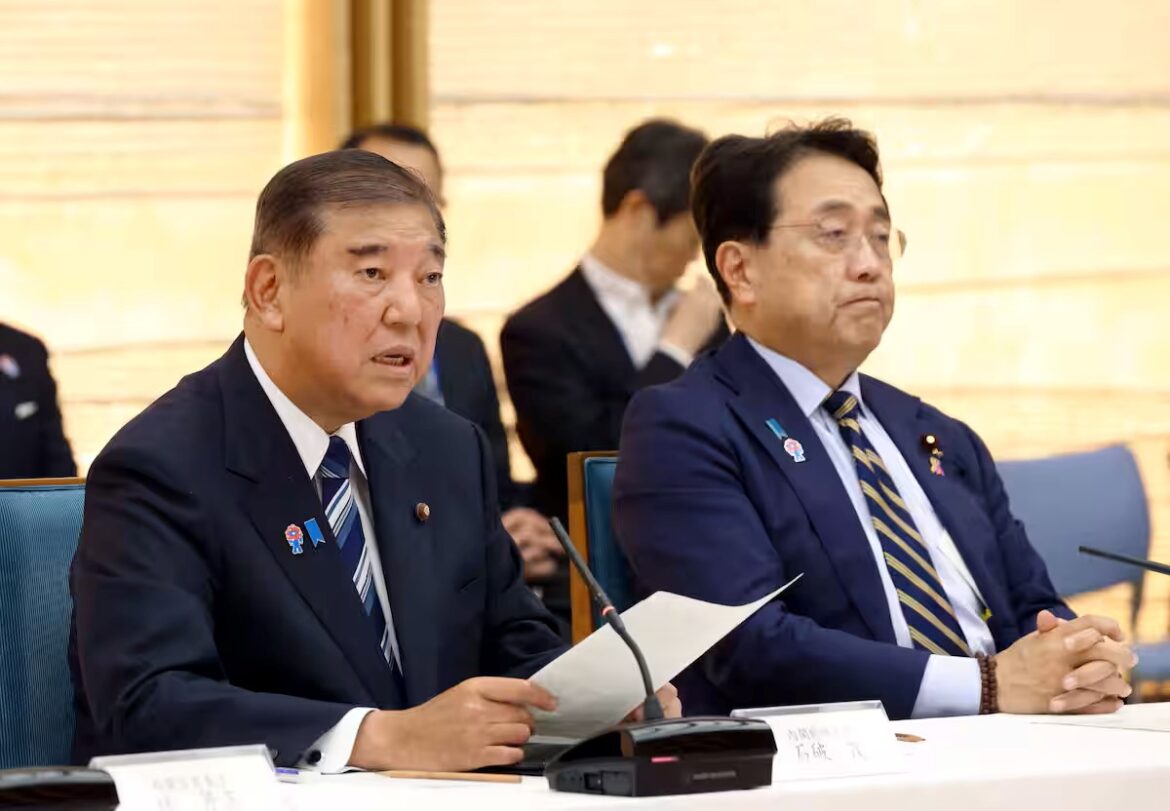このページを
日本語 で読む
A trade deal was concluded by the Shigeru Ishiba administration and the Donald Trump administration. But, were the provisions of the agreement actually finalized? It is difficult to dispel doubts on that score.
There are stark differences in how the Japanese and US sides explain provisions on new investment in the United States. This is a cause for concern in the actual implementation of the agreement.
One of the main pillars of the Japan-US agreement sets reciprocal tariffs and auto tariffs the US imposes on Japanese imports at 15%. However, no written agreement has been drawn up. Isn’t that the cause of the differences in perception between the two sides?
Prime Minister Shigeru Ishiba should have spoken directly with President Trump immediately after the agreement was reached to share his views. His failure to do so has created a major problem.
If things continue as they are, it is possible that the US side will try to force its own interpretation on Japan. If that were to happen, Japan’s national interest might well suffer damage.
The Prime Minister and Minister for Economic Revitalization Ryosei Akazawa should clarify the reasons for these differing perceptions during the extraordinary Diet session that convened on August 1. They have a duty to explain to the satisfaction of the Japanese people that the agreement will be appropriately implemented.
 US President Donald Trump speaks at the White House on July 31 (©Reuters via Kyodo)
US President Donald Trump speaks at the White House on July 31 (©Reuters via Kyodo)
About the Japanese View
Regarding Japanese investment in the United States, Trump posted on social media that Japan will invest $550 billion USD (approximately ¥80 trillion JPY) in the United States. Furthermore, he said, the US will receive 90% of the profits.
In response, the Japan side has explained that the $550 billion in question is actually the upper limit for investments, loans, and loan guarantees. Of this, the “90%” of the profits the US would stand to make from the deal are from investment projects. That amounts to just 1% to 2% of the $550 billion, according to Akazawa.
As for the issue of rice, the US side claims that Japan’s imports of American rice will increase by 75%. However, Japan has not provided any specific details. Won’t this really amount to sacrificing Japan’s agricultural sector?
US Treasury Secretary Scott Bessent has also declared that he intends to review Japan’s compliance with the agreement quarterly. He has further threatened that tariffs will be raised to 25% if Trump is not satisfied. That would provide leeway for Trump to unilaterally scrap the agreement.
Need for Mutual Understanding
The lack of a joint document sharing a mutual understanding of what the agreement entails has left a legacy of problems. The Japanese side prioritized an early conclusion to the talks. That allowed the delay of the time-consuming task of hammering out a written agreement. Their excuse was to avoid a situation where an agreement could not be reached by the Trump-imposed deadline of August 1. On that date, Trump’s reciprocal tariffs on Japan were scheduled to rise to 25%.
Even if that is true, it will end up counterproductive if the agreement comes to be distorted by the US interpretation. Above all, the Ishiba government should urge the Trump administration to quickly align their respective views.
We should realize that, unless both sides share a mutual understanding, economic uncertainty from Trump’s tariffs will not dissipate.
 RELATED:
RELATED:
Author: Editorial Board, The Sankei Shimbun
このページを
日本語 で読む
Continue Reading


AloJapan.com